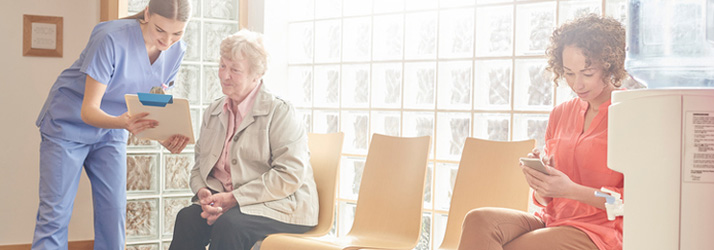Public Health regularly communicates and collaborates with healthcare providers in our area, including physicians, nurses and nurse practitioners, long-term care staff, emergency service workers (police, paramedics, fire), dental professionals and midwives.
Quick access to forms.
Infection prevention & control
Best practices for cleaning, disinfection and sterilization for regulated health professionals, including reprocessing and spore testing information.
Manage or report a gastrointestinal or respiratory outbreak at a long-term care or retirement home.
Diseases of Public Health Significance
Reportable diseases must be reported to the Medical Officer of Health. View the Reportable Disease List.
School immunization reporting; other vaccine programs.
Resources to help you store and handle vaccines safely to maintain the cold chain.
You are required by law to notify Public Health of any animal bite or animal contact that could result in rabies. We’re available 24 hours a day, seven days a week, to receive reports and respond to suspected rabies exposures.
Lyme disease is designated as a disease of public health significance and is reportable under the Ontario Health Protection and Promotion Act.
Tuberculosis prevention and control
How to report latent, suspected active or confirmed active TB; screening and testing information for long-term care staff; practice guidelines and resources.
A screening tool to use with your patients.
Breastfeeding and formula feeding
Fact sheets for your patients and learning opportunities for healthcare providers.
About 50% of all pregnancies are unplanned. Waiting until pregnancy may be too late to prevent fetal exposure to risk factors. If we shift our attention to preconception health (PCH) and help identify, manage or reduce these risk factors we can improve reproductive, maternal and child health outcomes.

